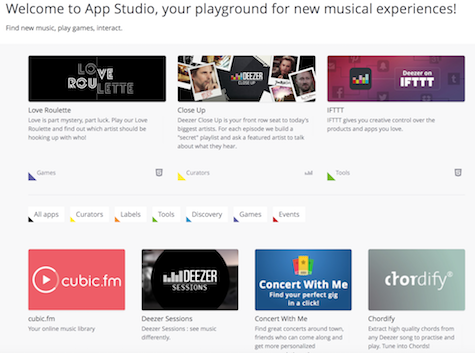

Make sure buttons that use text labels have enough room. For example, iOS uses this mask to animate the button title during transitions. If you replace the system-provided back button chevron with a custom image, you may need to supply a custom mask image, too. If you implement a custom back button, make sure it still looks like a back button, behaves as people expect, matches the rest of your interface, and is consistently implemented throughout your app or game. People know that the standard back button lets them retrace their steps through a hierarchy of information. If you implement this type of behavior, let people restore the navigation bar by tapping the screen or swiping down. For example, Photos hides the navigation bar and other interface elements when people view full-screen photos. Using no more than about 15 characters tends to work well in most screens because it leaves enough room for a back button and optional controls.Ĭonsider temporarily hiding the navigation bar to provide a more immersive experience. Aim for a word or short phrase that distills the purpose of the screen. Your app’s name doesn’t provide useful information about the screen or your content hierarchy, so it doesn’t work well as a title. For example, Notes doesn’t title the current note because the first line of content typically supplies sufficient context. However, if titling a navigation bar seems redundant, you can leave the title area empty. A screen’s title helps people confirm their location as they navigate your app. Use the title area to describe the current screen if it provides useful context. Also, you typically display the title of a macOS window in the title bar.

To enable navigation in a macOS app, you often use a sidebar or a navigation control like a Back button in a toolbar. On the Navigation tab, click the Image field and select an image file to display.A navigation bar appears at the top of an app screen, enabling navigation through a hierarchy of content.Ī navigation bar also provides a natural place to display a screen’s title - helping people orient themselves in your app or game - and it can include controls that affect the screen’s content.Font Color - Select the color of the text.Font Weight - Select whether the font will be thin, regular, or bold weight.Font Style - Select whether the text will be normal or italicized text.Select the appearance of the labels on the navigation menu.Background Opacity - Specify the level of transparency for the menu.Specifying 0 (zero) will remove the border. Border Width - Enter the width of the border in pixels.Border Color - Select the color of the border around the menu.Background Color - Select the background color of the menu.Specify the appearance of the navigation menu.
APPSTUDIO NAVIGATION CODE
If you know the specific color code you need, enter it in the text box. Select the Background Color for the navigation bar.On the Navigation tab, select the Style tab.App Board - the menu item will be a link to an app board in this app.External URL - the menu item will be a link to an external site.From the appropriate submenu section, click + Add a submenu.You will need to add items to the submenu. Submenu - This creates a dropdown menu.This is useful for supporting multilingual applications. You can also enter a parameter for the Menu Name to link to the app board. App Board - the menu title will be a link to an app board in this app.External URL - the menu title will be a link to an external site.On the Navigation tab, select the Content tab.On the App Properties page, select the Navigation tab.Select the options menu for the app, and select Properties.In the Layout Designer pane, in the Projects section, select an existing app.Configure the style of the navigation menus.Add menu items to any submenus, as necessary.You can also enter a parameter for the App Title to link to the app. Specify a title to use on the navigation bar, if needed.Add your company logo to the navigation bar, if needed.Specify either Horizontal Layout or Vertical Layout to orient the app's navigation menus.From the Layout tab, select the Show Navigation checkbox.Select the Options menu for the app, and select Properties.On the Navigation toolbar, click Layout Designer.Add navigation to an appĮdit App Studio apps in the Layout Designer.

The navigation bar text, background, and borders can be customized. The menus can have links to app boards within the app or to external websites. The navigation bar can be oriented horizontally across the top of the app, or vertically on the left side. The App Designer can add custom menu navigation to an app.


 0 kommentar(er)
0 kommentar(er)
